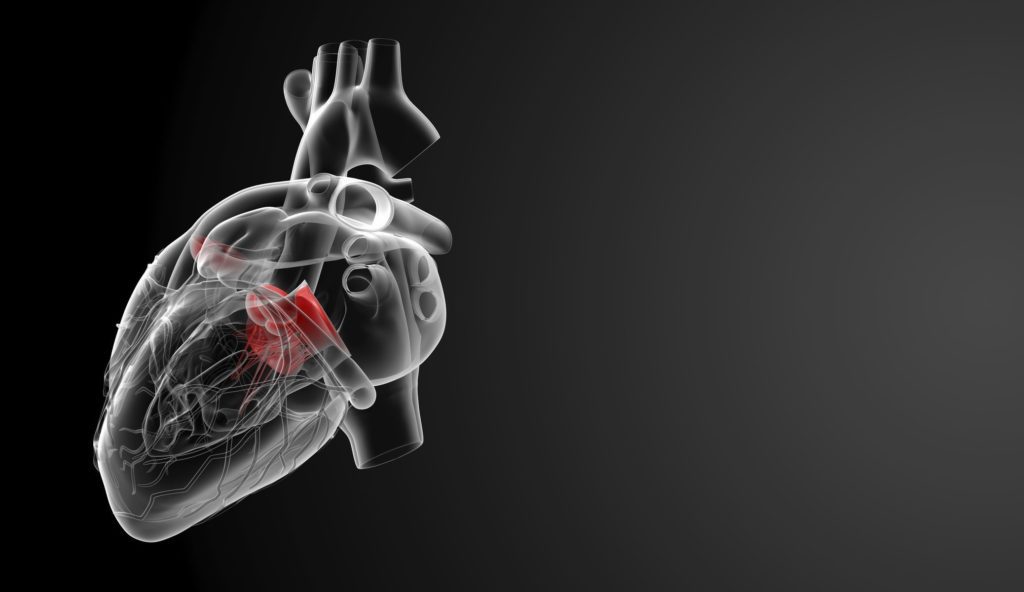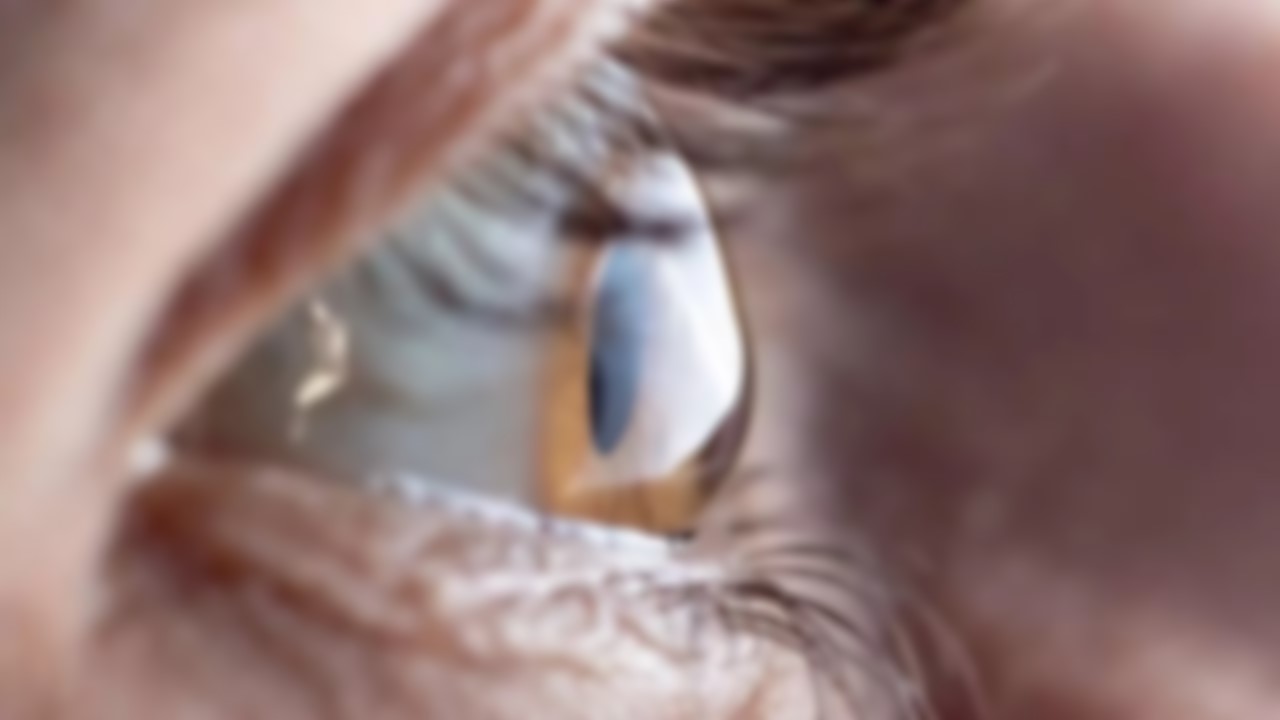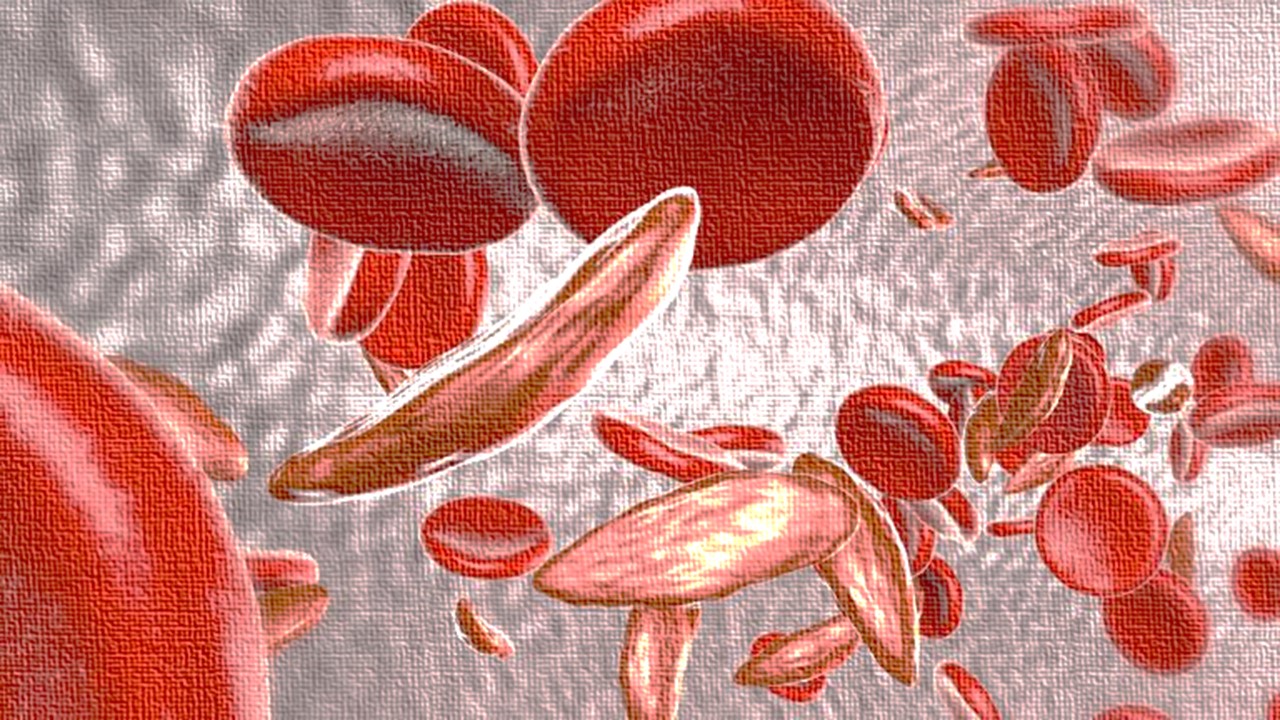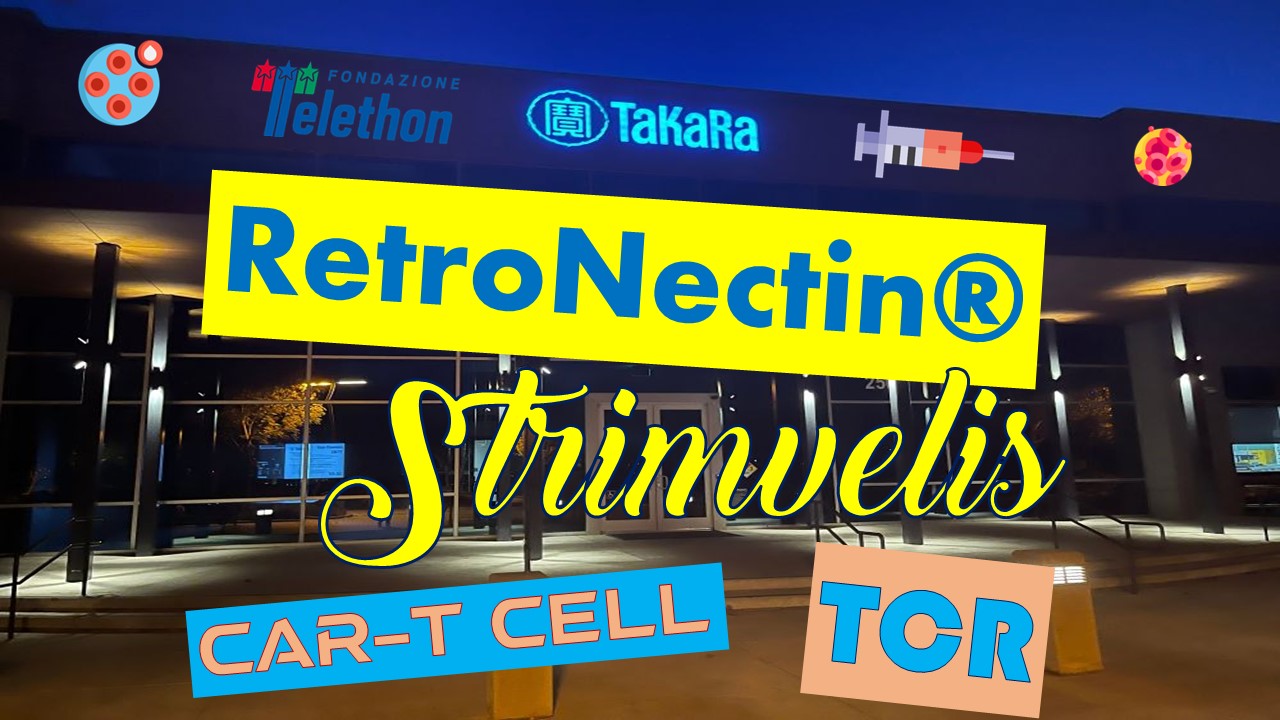
On Saturday 12 June 2021, Danish footballer Christian Eriksen collapsed during the EURO 2021 game against Finland after suffering a cardiac arrest. Cardiac arrest is one of the most serious heart conditions in which the heart will suddenly stop beating. Thankfully, due to the efforts of team players performing resuscitation and staff operating a defibrillator machine, Eriksen regained consciousness and is currently in a stable condition in hospital.
Cardiac events can affect anybody in the population, whether this be chronic conditions like heart disease or acute events like cardiac arrest. Heart failure is one example of a cardiac condition without a cure.
According to the British Heart Foundation (BHF), heart failure affects an estimated 920,000 people in the UK alone. As the numbers continue to rise and previous cell therapies have failed, this represents an unmet clinical need. However, on 9 June 2021, a BHF-funded research team announced it has developed “biodegradable microspheres that can be used to deliver heart cells generated from stem cells to repair damaged hearts after a heart attack”.
Microspheres are small spherical particles which can be prepared from natural or synthetic polymers. The research team behind the BHF project is using microspheres as a delivery system to transport human stem cell-derived heart cells into the heart via an injection into cardiac muscle. According to the BHF research page, these stem cells have shown to form connections between each other and can beat for up to 40 days in a cell culture. The primary aim of stem cell therapy is to encourage regeneration of the damaged cardiac tissue.
Heart failure is an incurable long-term condition triggered by cardiac muscle damage typically after a heart attack. It can also arise from other medical conditions like coronary heart disease, heart inflammation, high blood pressure, cardiomyopathy, or an irregular heartbeat. This results in the heart failing to pump a sufficient volume of blood around the body for optimal function.
Available treatment for heart failure
The treatment currently available for heart failure is primarily pharmacological. Angiotensin-converting enzyme (ACE) inhibitors aim to relax and dilate the blood vessels to make it easier for the heart to circulate blood around the body.
In addition to reducing pressure on the heart, ACE inhibitors also reduce cardiac myocyte hypertrophy. Cardiac myocytes are cells of the heart which can generate electrical stimulation. Cardiac hypertrophy arises due to extensive cardiac stress and is often associated with enlargement of the cardiac muscle in order to normalise ventricular wall stress.
The most common side effects of ACE inhibitors are a dry, irritating cough and can cause hypotension. However, there are a number of significant adverse side effects which can occur including angioedema (swelling of tissue), renal failure (kidney failure) and hyperkalemia (elevated potassium levels).
As with all pharmacological treatment, there will be a number of side effects which may or may not be tolerable for some patients. In addition, the drugs are not prescribed to repair the damaged tissue, more to reduce the pressure on the heart.
Therefore, it has been a target for cardiac researchers to develop a therapeutic option which can permanently repair the heart enough to no longer require a long-term drug regimen.
Challenges of cardiac stem cell therapy
Previous attempts to repair heart tissue with stem cell tissue have failed to achieve primary endpoints. The primary challenge up until now has been trying to keep the stem cells healthy long enough to provide therapeutic benefits.
Survival and engraftment of stem cells is critical for the desired therapeutic effect. After myocardial infarction, a substantial proportion of cardiomyocytes are damaged beyond repair. This creates a pro-death environment which represents a risk for both transplanted cells and residing cardiomyocytes. Damaged tissue following heart attacks becomes hypoxic, glucose-deprived and elevated levels of inflammation.
Oxygen deprivation (hypoxia) and glucose deprivation compromises the sustainability of stem cell survival. Inflammation within the tissue will proactively seek to destroy foreign bodies like the transplanted cells. Resisting this harsh tissue environment is a particular challenge for repairing tissue in heart failure, severely impacting patient recovery. One of the suggested contributors to this problem is the lack of translatable models which can accurately depict the cardiac tissue microenvironment.
The microspheres utilised by the BHF research team enable the human stem cells to attach and grow to the surface, and their small size enables easy injection in the cardiac muscle. Furthermore, to monitor stem cell survival and engraftment, “barium sulphate (BaSO4), which shines bright on X-rays and CT scans, was added to the microspheres and injected into the rodent models. Whole body CT scans were used to confirm that the microspheres remained in place for up to six days after injection”.
Unfortunately, there also remain concerns surrounding the potential for transplanted cells to become a source of neoplasia. Neoplasia is an abnormal, uncontrolled growth of cells within the body. While these cell masses can be benign, there is always a risk it may develop into a malignant tumour.
Desired outcome of this research
Direct cardiac reprogramming has great potential to become one of the main streams of regenerative medicine in heart failure. According to the BHF team, the microsphere/injection delivery system appears to be a lifeline for ensuring the best chance of stem cell survival in the heart. This cardiac patch is designed to essentially replace “a piece of heart that is no longer functioning”.
While these promising results have only been tested in rodent models, the researchers hope “it will be tested in human clinical trials in the next 10 years”. The current drugs available are prescribed to manage the disease in order to improve patient’s quality of life. However this recent success in stem cell therapy is a significant step closer to developing a cure for heart failure that afflicts thousands of people every year.
To discuss these topics further with sector experts, and to ensure you remain up-to-date on the latest in clinical development, sign up for Proventa International’s Oncology Strategy Meeting, set for 17 June 2021.
Charlotte Di Salvo, Former Editor & Chief Medical Writer
PharmaFEATURES
Subscribe
to get our
LATEST NEWS
Related Posts

Cell & Gene Therapy
Eyeing the Future: Stem Cells and the Promise of Corneal Restoration
By reducing dependency on donor tissues and minimizing immunosuppressive demands, iCEPS has the potential to redefine LSCD treatment.

Cell & Gene Therapy
A Cure in the Code: How Gene Editing is Transforming the Fight Against Sickle Cell Disease
BIVV003’s success highlights gene editing’s potential to treat genetic disorders at their root, offering hope for other conditions.
Read More Articles
Myosin’s Molecular Toggle: How Dimerization of the Globular Tail Domain Controls the Motor Function of Myo5a
Myo5a exists in either an inhibited, triangulated rest or an extended, motile activation, each conformation dictated by the interplay between the GTD and its surroundings.
Designing Better Sugar Stoppers: Engineering Selective α-Glucosidase Inhibitors via Fragment-Based Dynamic Chemistry
One of the most pressing challenges in anti-diabetic therapy is reducing the unpleasant and often debilitating gastrointestinal side effects that accompany α-amylase inhibition.













